While director Satoshi Kon might not be a well-known name in the West, his profound impact has subtly influenced many acclaimed live-action films directed by Western filmmakers. For instance, Darren Aronofsky drew heavily from Kon’s landmark work, Perfect Blue, while crafting the visuals of both Requiem for a Dream and Black Swan. Furthermore, Christopher Nolan’s Inception shares notable thematic elements with Kon’s Paprika. Unlike Hayao Miyazaki, whose name is almost synonymous with animation, Kon is revered primarily among anime enthusiasts and cinephiles, often overlooked by mainstream audiences despite his significant contributions.
Tragically, Kon passed away in 2010, leaving behind a mere five works, yet they resonate powerfully: four feature films and a television series. His oeuvre—comprising Perfect Blue, Millennium Actress, Tokyo Godfathers, Paranoia Agent, and Paprika—showcases his unique ability to intertwine psychological complexity, avant-garde visuals, and emotional profundity. Through his lens, he pushed the boundaries of animation, an influence that continues to permeate both anime and international filmmaking.
From Manga to Masterful Film
Perfect Blue: The Anime That Echoed in Hollywood
Satoshi Kon was born in Hokkaido in 1963, studying at Musashino Art University before embarking on his anime career under the guidance of Katsuhiro Otomo, the visionary behind Akira. Initially, Kon made his mark as a manga artist and storyboarder, making his directorial debut with the groundbreaking Perfect Blue in 1997. This psychological thriller chronicles the harrowing descent of a pop idol into insanity, establishing Kon’s signature narrative style: a blend of distorted realities, mental unraveling, and storytelling that fuses memory and dream with consciousness.
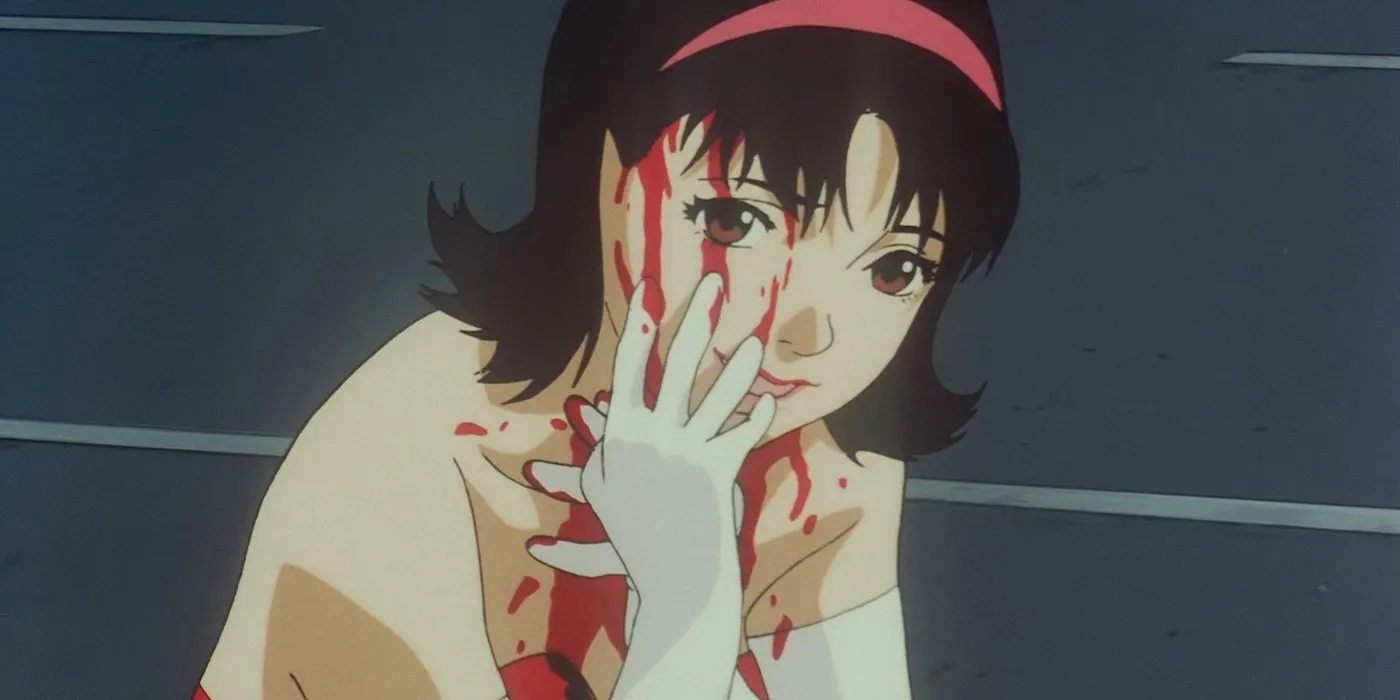
The film received international acclaim, being lauded in prestigious Western publications such as Sight & Sound for its inventive narrative techniques and Hitchcockian suspense. Notably, its most recognized sequence outside Japan sparked discussions about its influence: Aronofsky reproduced a bathtub scene in Requiem for a Dream, going so far as to secure remake rights to avoid legal issues. This act stirred debate regarding whether it was an homage or a mere imitation. Although Kon never formally protested, he had complex feelings about it.
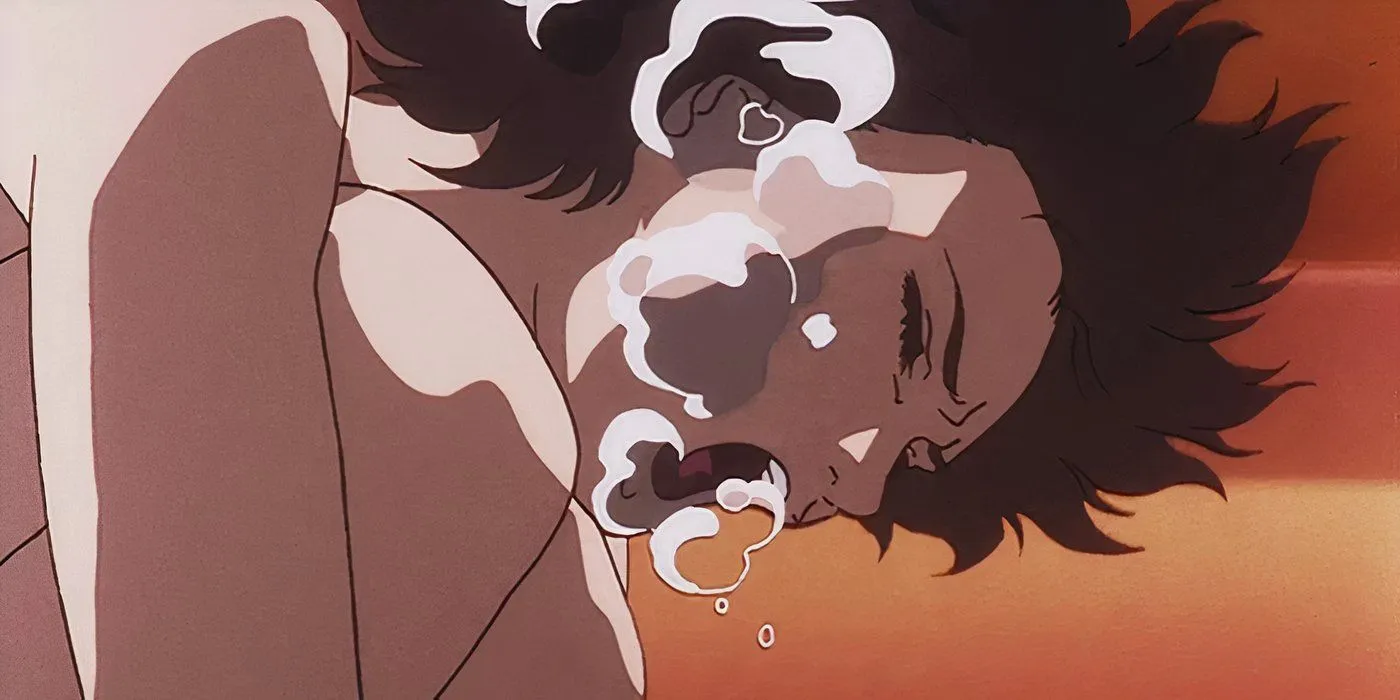
In a widely circulated anecdote, Kon reportedly encountered Aronofsky in 2001, and after discovering the accolades showered upon Requiem for a scene first conceptualized in Perfect Blue, he is said to have commented, “I’m feeling pathetic. It’s a sad story when the person being paid homage to has less name recognition, less social credibility, and less budget to spend.” Although the source remains unclear, this sentiment captures the paradox of Kon’s legacy—a masterful filmmaker whose brilliance was not fully acknowledged during his lifetime.
Satoshi Kon’s Legacy of Stunning Films
Acclaim Without Appropriate Recognition
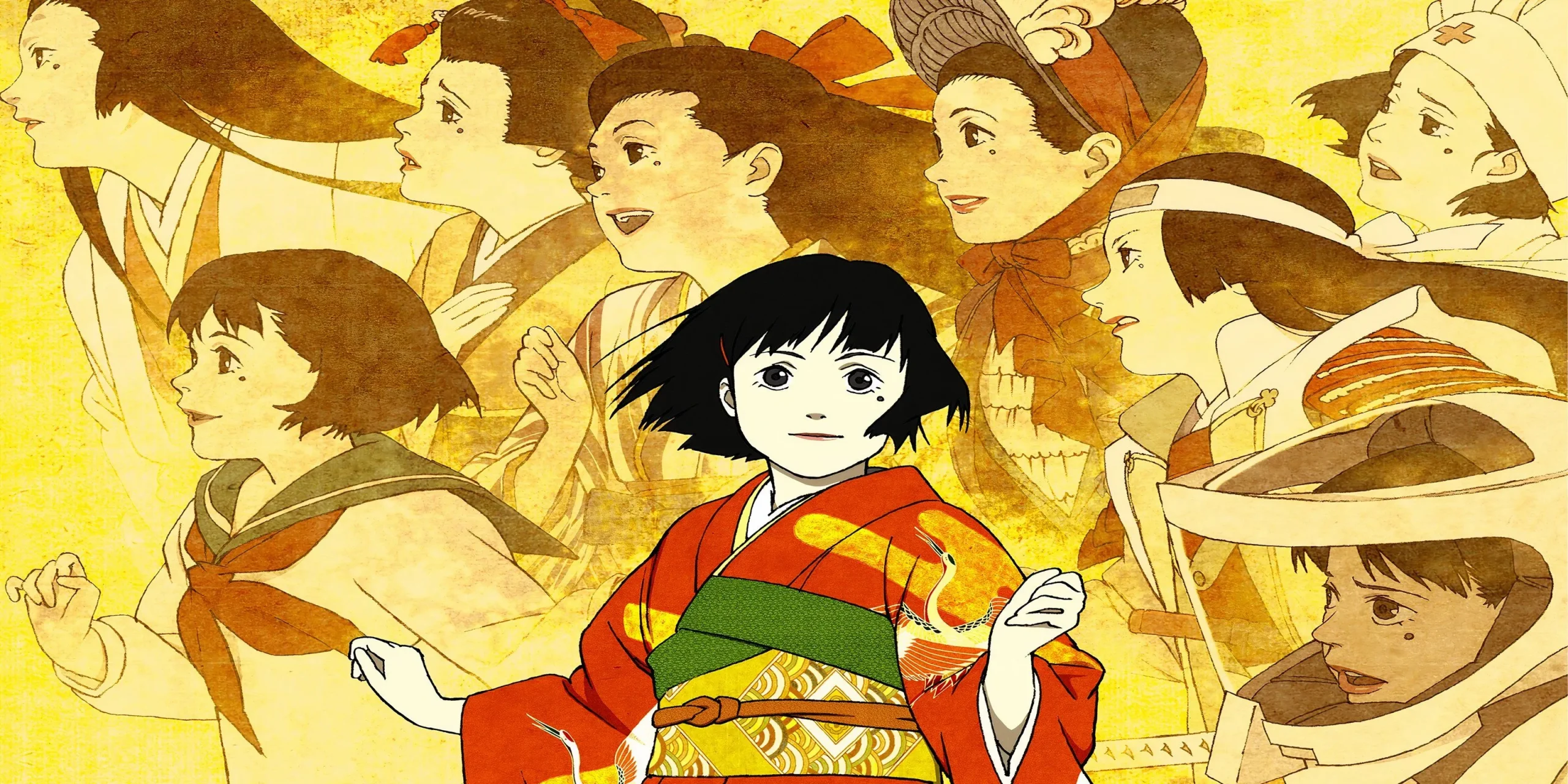
Kon’s subsequent films further solidified his genius. Millennium Actress (2001) artfully traverses the boundaries between memory, performance, and reality through the life story of an aging actress, serving as a reflection on Japan’s cinematic history. Tokyo Godfathers (2003) mixed elements of screwball comedy within a narrative centered on homelessness and redemption. Meanwhile, Paprika (2006) unleashed a vibrant, dream-filled expedition that foreshadowed Inception in its imaginative execution. Animation producer Masao Maruyama described Kon in a 2010 interview with Asahi Shimbun as “a visionary, too fast for his time.”
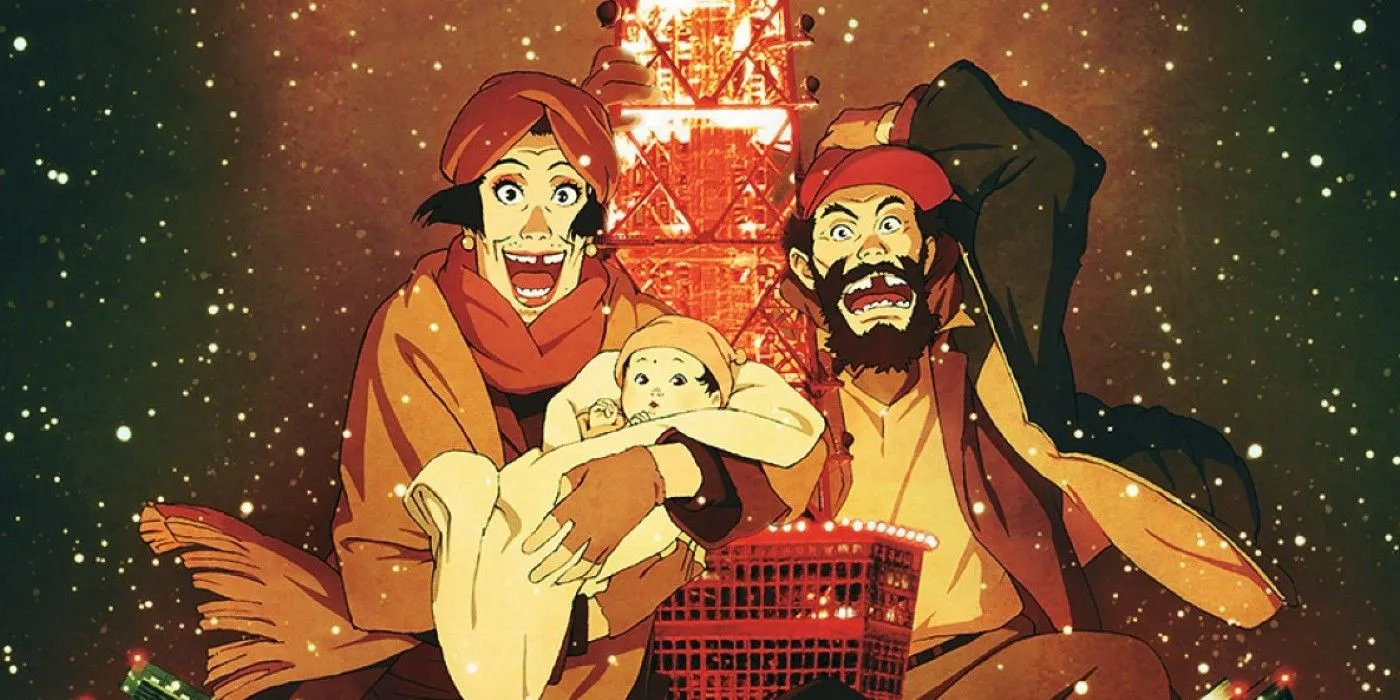
Even with widespread acclaim, Kon’s films stagnated at the box office in the West compared to other anime exports. In Japan, Paprika grossed approximately 1 billion yen, modest when juxtaposed with blockbuster expectations. Globally, however, it cultivated a loyal following, especially among Western filmmakers and animation scholars. Yet, unlike his peer Hayao Miyazaki, Kon never ascended to the status of a cultural icon. His oeuvre lacked Oscars, Disney collaborations, or a dedicated museum like the Ghibli Museum to immortalize his work. Even his unfinished film, Dreaming Machine, remains a project shrouded in uncertainty. Maruyama has expressed a desire to see it completed, but Kon’s unique vision may prove challenging to replicate faithfully.
Where Miyazaki Soars, Kon Dives Deep
A Director’s Influence on Hollywood
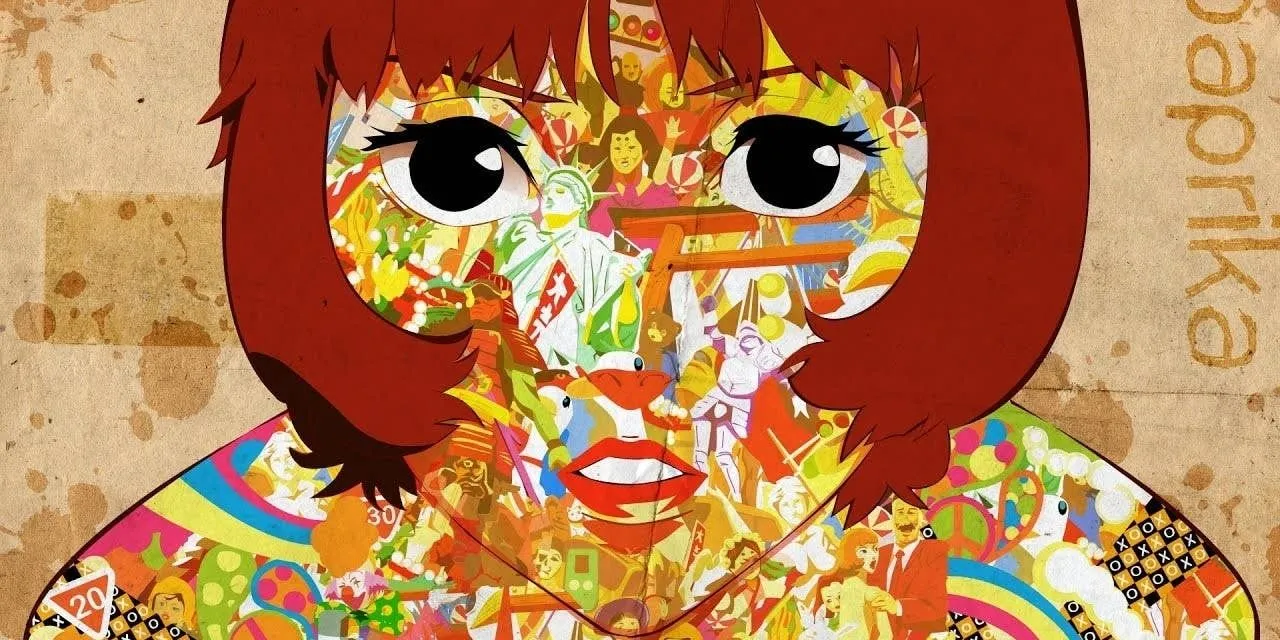
In contrast to Hayao Miyazaki’s enchanting narratives steeped in flight and escapism, Satoshi Kon explored the intricate and often unstable domains of identity and illusion. His films can be described as immersive lucid dreams that gradually dissolve into nightmares, with characters ensnared in intricate webs of unreality. Japanese critic Ryusuke Hikawa noted that Kon’s editing style and use of match cuts drew from his manga origins, particularly influenced by Katsuhiro Otomo’s works like Domu and Akira. Such unique visual storytelling allowed Kon to seamlessly traverse timelines, perspectives, and mental landscapes, ensuring audience engagement throughout.
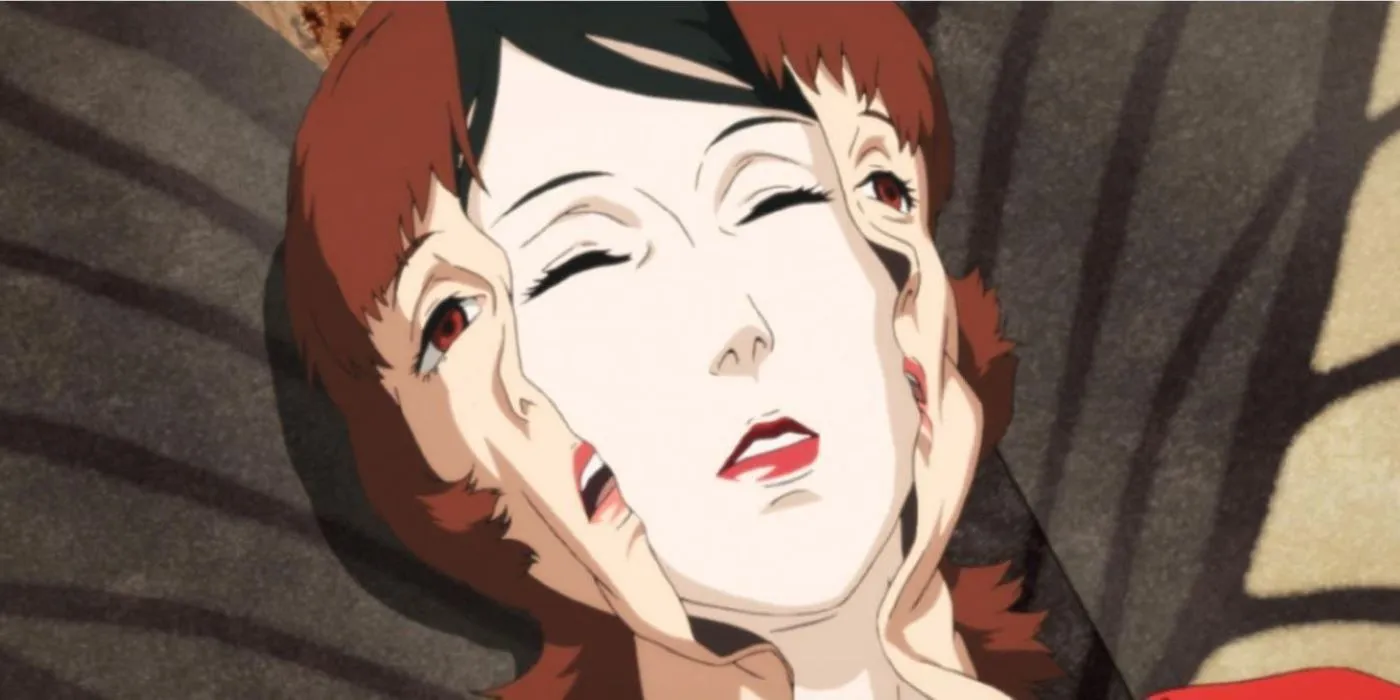
Kon’s influence persists across various media today. For instance, Christopher Nolan has recognized Paprika as a significant source of inspiration for Inception, and countless music videos and video games echo his stylistic transitions and visual distortions. In 2021, French director Pascal-Alex Vincent debuted the documentary Satoshi Kon: The Illusionist, gathering insights from animators, critics, and global directors who were influenced by Kon’s innovative work. The documentary underscored how Kon redefined anime, transforming it from a niche medium into a respected form of cinematic storytelling, comparable to the great auteurs of our time.
A Director Who Understood the Gap
An Enduring Vision Beyond Recognition



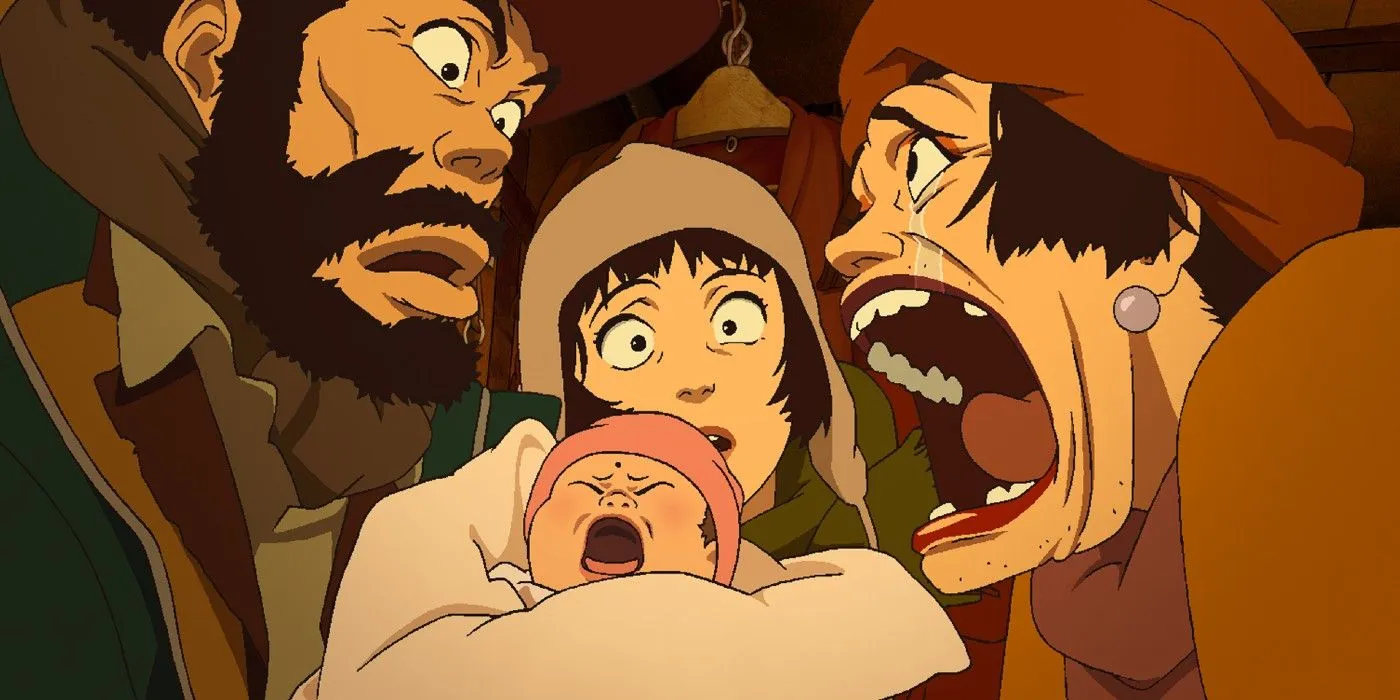
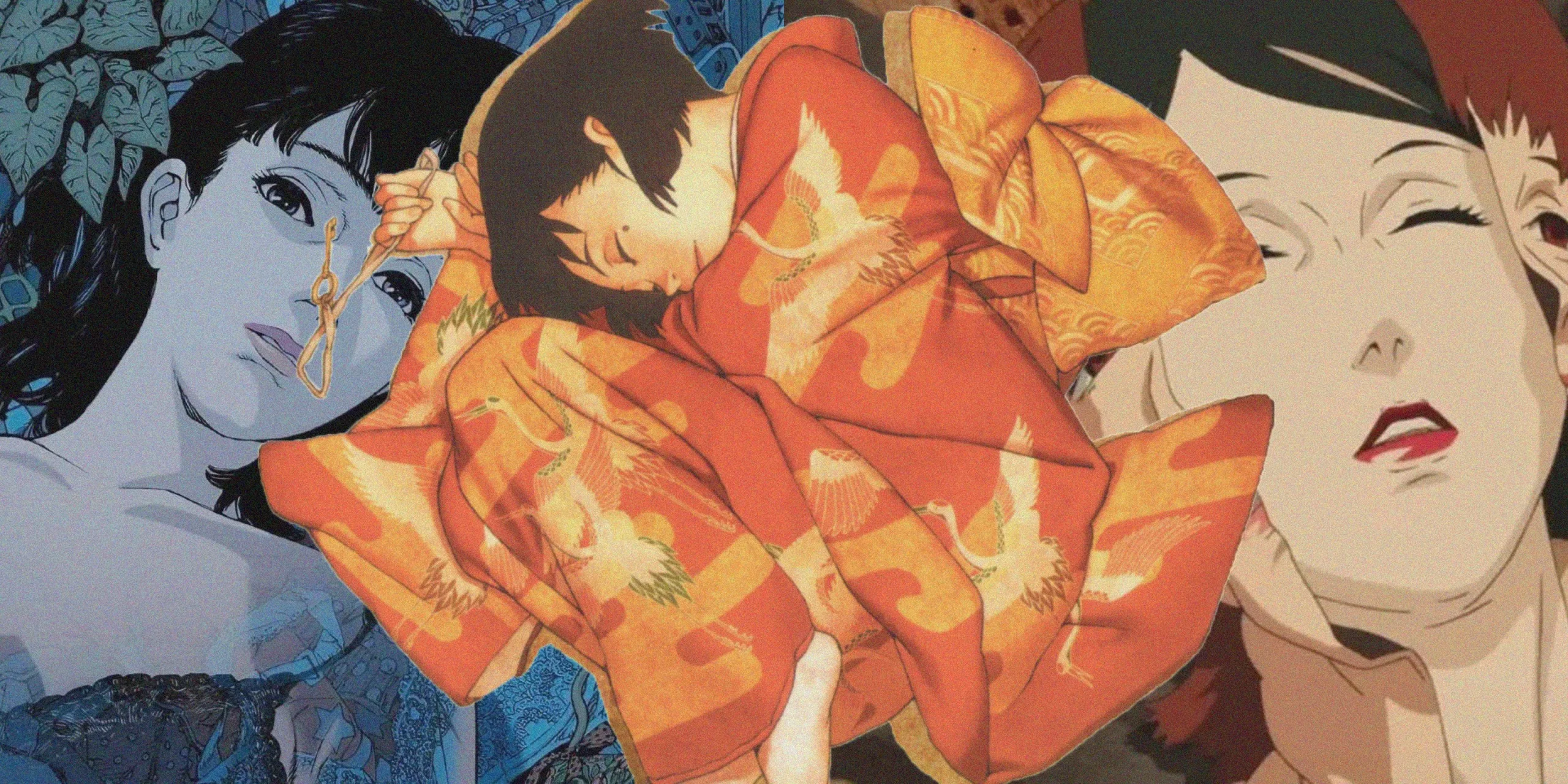
What enhances the bittersweet nature of Kon’s legacy is his untimely death at 46, compounded by the awareness that he was largely overlooked. He poignantly stated, “There is the reality that we are living, and there are also the thoughts we see. It seems as if these are separated. However, we ourselves experience this in quite a synthesized manner.” This perspective on fractured realities not only characterizes his artistic style but also reflects his own experience—an extraordinary talent recognized yet underappreciated, celebrated yet not embraced in the way he, undeniably, deserved.
Today, Satoshi Kon’s work serves as a blueprint for audacious storytelling, influencing various media formats. His films are studied in academic settings, referenced in scholarly articles, and acknowledged in a plethora of modern storytelling—from Hollywood dramas to acclaimed television. Although his name may linger in the peripheries of mainstream consciousness, his legacy is an indelible force. Satoshi Kon illuminated the potential of animation to delve into profound psychological explorations, demonstrating that dreams and reality can coexist on the same canvas, and revealing that some of the most poignant narratives emerge from the unlikeliest of places.


